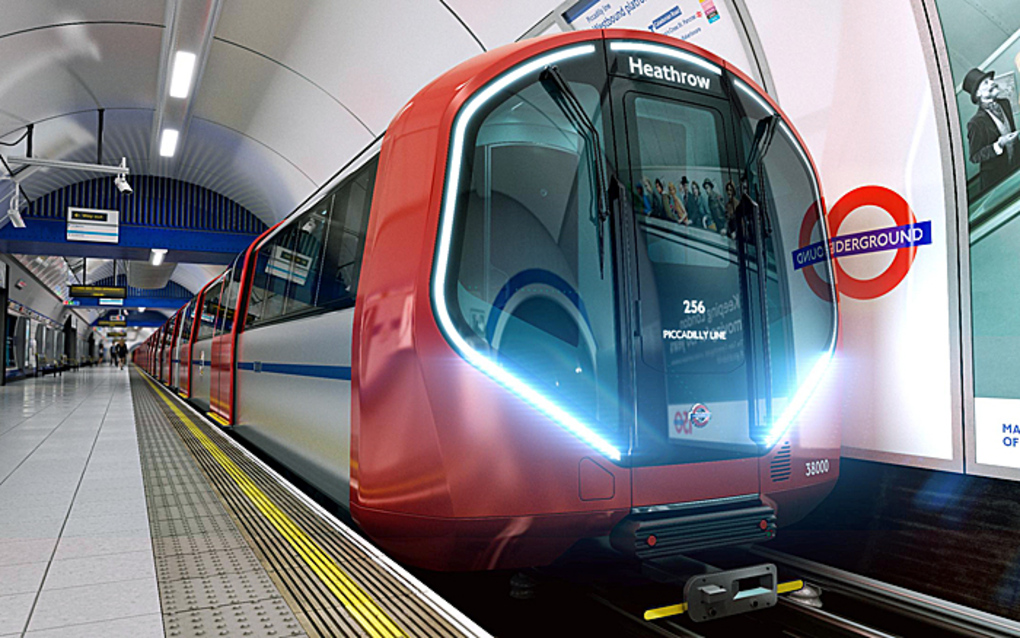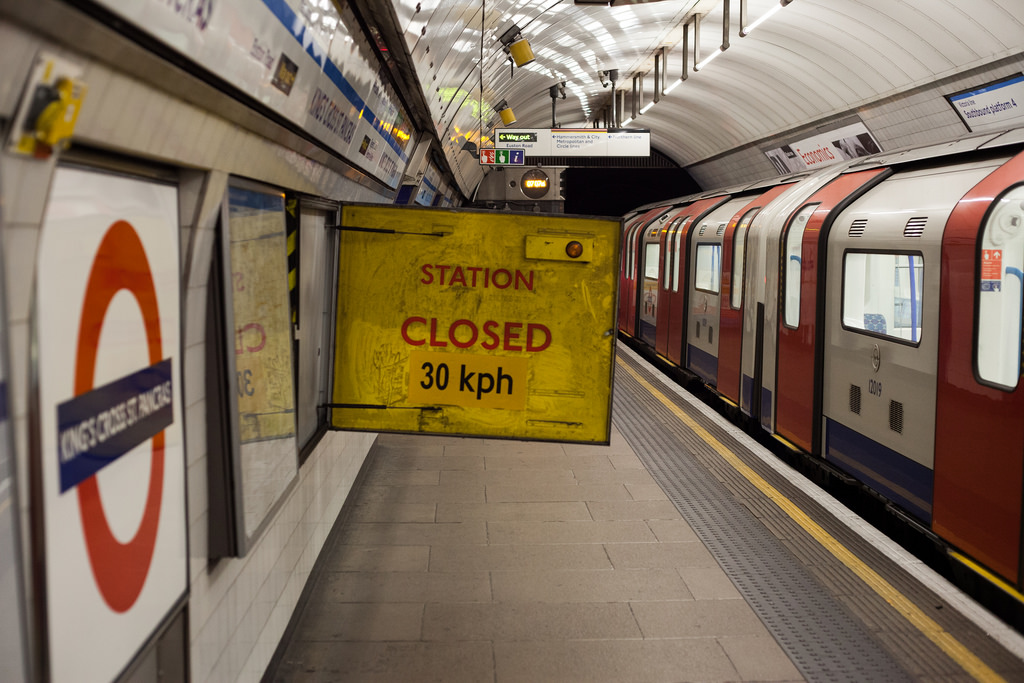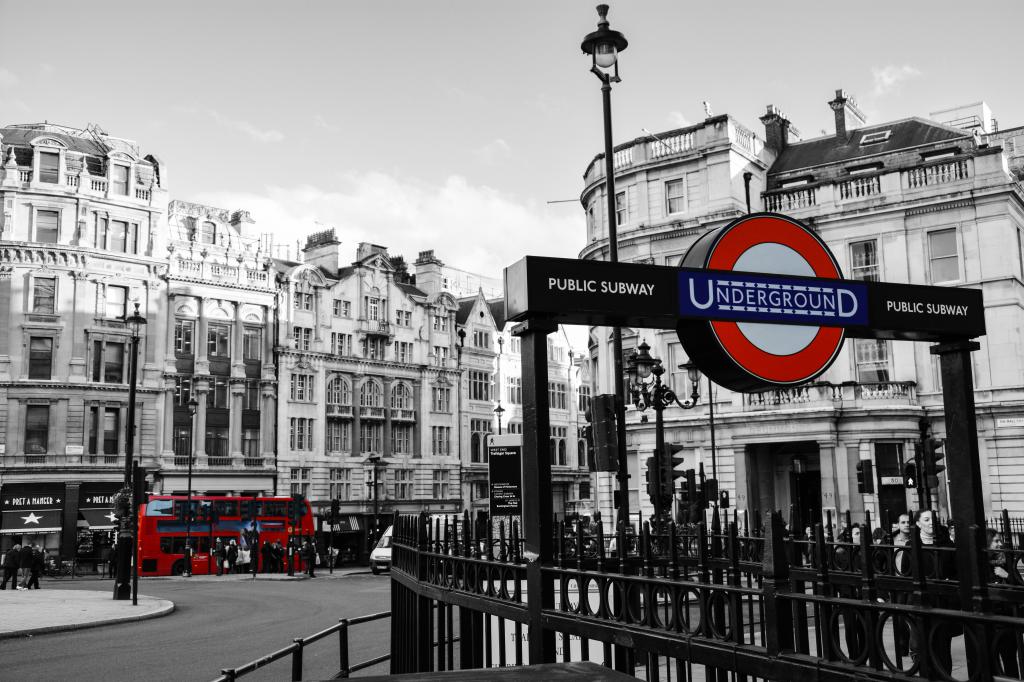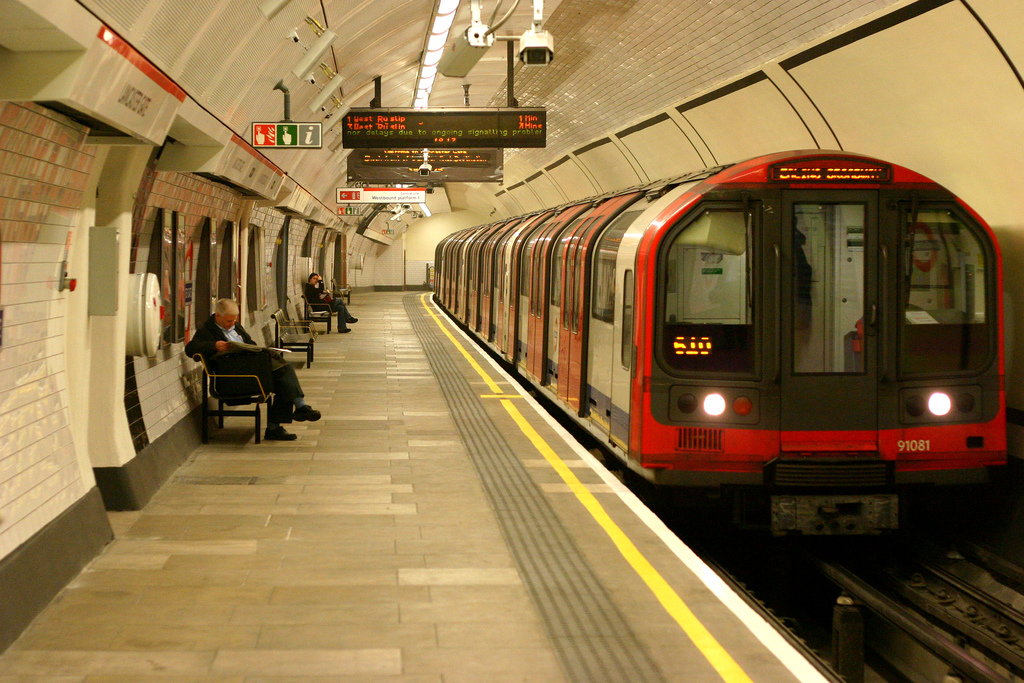London Underground is the same attraction as the Eiffel Tower in Paris or Red Square in Moscow. And his logo with a blue Underground inscription on a red circle is known throughout the world. Up to 5 million people visit it per day. What so attracts tourists to the London Underground? What is the name and is it the largest in the world?
Uniqueness
Its remarkableness is that it is the first metro in the world. The first underground train, or rather a steam locomotive, set off in January 1863. For that time, it was a colossal indicator of the country's progressiveness. Launching a steam locomotive underground seemed then an unthinkable and costly miracle of engineering.
But this was not done to achieve world-wide fame, but by necessity. So many people gathered in London for employment that land transport was sorely lacking for their movement, the city was exhausted in traffic jams and traffic jams.
Foundation History
The story of the London Underground began with the adventurous lawyer Charles Pearson inviting the City Railroad Commission to consider his project on the underground interchange. At that time, an underground tunnel for pedestrians had already been dug and operated under the River Thames, so his proposal was enthusiastically received.
After interested parties and sponsors were found, the North Metropolitan Railway Co company was founded, and after 10 years the first station was opened. Incidentally, that tunnel under the Thames from a pedestrian in 1869 turned into a part of the subway, and its first major overhaul was carried out only at the end of the 20th century.
Initial method
Initially, the metro did not dig underground, but on its surface. They dug a wide trench several meters deep, and on top of it they closed it with wooden beams, which were built up with bricks. In some places the trenches were not even closed, and to this day they are half-open.
Using this method, the stations turned out to be shallow, not more than 10 meters. This method is even simpler than the modern one, but soon the engineers realized that in this way they paralyze ground transport during the construction and donate many buildings. Since 1890, tunnels began to be dug by the shield method, and stations constructed in this way were laid already at a depth of 20 meters or more. Now a little more than 1/10 of the entire length of the London Underground is built in an open way.
Bomb shelter
During the Second World War, the London Underground served as a real bomb shelter for residents of the city and saved many lives. People lived there for months without going out into the sunlight. Directly on the tracks they were repairing military vehicles. At first, law enforcers drove refugees and homeless people out of there. But over time, they realized that more and more British citizens (and not only) were seeking shelter from the bombing in the subway. Then the authorities decided to help them in this and establish for them more than 20 thousand beds. Naturally, there were not enough beds, many were sleeping just on the floor.
Through the tunnels, many women and children were evacuated. Entering the subway at one end of the city, one could get off at the other without ever appearing on the street. At least 200 thousand children were evacuated in a similar way. Thus, the London Underground saved hundreds of thousands of British lives. This is not forgotten today.
Interesting facts about the London Underground
- In the 19th century, they still traveled by steam locomotives, which is why for the first time in the subway they launched not a train, but a locomotive that transported 4 wagons. Underground the steam left poorly, and therefore, for the first time, the London Underground was hard to see due to the fog created by the steam locomotives during operation. Surprisingly, on some branches steam locomotives could be found until 1971.
- The metro immediately became popular and was popular among the working class. On the first day of the opening of the train, 30 thousand people were transported. And the interval had to be reduced from 15 minutes to 10.
- Initially, there were no windows in the cars. The walls, upholstered in fabric, pressed on the psychological state of people, they felt like in a psychiatric hospital. Gradually, they began to make windows in the wagons to make it more pleasant to drive.
- The deepest line is the Central line, it is located at a depth of 74 meters and was opened back in 1900.
- Due to the trench method of laying the subway, it was necessary to demolish houses, sometimes partially. At the same time, the facade and neighboring porches remained intact, and the windows of the demolished porch were painted over.
- In 1899, the London Underground was on the verge of bankruptcy, as its demand for the working class declined. Then he was saved by an American named Charles Yerkes.

- Until 1905, there was no electricity in the London Underground; everything worked only with the help of steam engines.
- The famous Underground logo appeared only in 1908, before that there was a GENERAL inscription, then the first structured metro map appeared.
- Literally, Underground is translated not “metro”, but “subway”. And in 1890, the locals themselves gave the London Underground the name "pipe", which in English sounds like The Tube. The reason for this was that this year the stations began to be laid at a depth.
- For the first time, an escalator in the London Underground was installed in 1911 at Earl's Court Station.
- The map, to which everyone is accustomed, appeared in 1933 and the year and since then outwardly practically did not change, only replenished with new branches and stations. For a sample of the map circuit, they took an electric circuit diagram.
- Until 1987, smoking was allowed there, and cigarette shops were located right at the stations.

- Until 1997, many handrails and steps were wooden, but in 1997 at King Cross St. Pancras almost happened because of this fire, and the handrails were gradually replaced with metal ones.
- Only in 2016, the metro began to function at night, but only on weekends. On weekdays, it still closes at one in the morning.
- At the beginning of the 20th century, almost every metro line was owned by an independent company. In order to transfer from one branch to another, passengers had to go outside and buy a ticket from another company.
- The ancestor of the idea to open the metro in London did not live up to its opening a year.
- There are 426 escalators in the metro, and their length is comparable to the circumference of the globe multiplied by two. Only at one Waterloo station there are 23 of them.

- All metro tunnels owe their round shape to the wood-mollusk shell, in which the shell was round. It was by looking at it that the engineers realized what shape it is easier to dig with a shield, and subsequently determined that the pressure is distributed more evenly.
- Biologists discovered a type of mosquito, which was never met anywhere else, except for the London subway. Scientists can only guess how they got there. One of the versions: someone brought them from an exotic country by chance in their luggage, and they liked the microclimate of the metro.
- In 2011, the annual number of passengers exceeded 1.1 billion.
Fare
The fare on the London Underground is not fixed; there are many fares. Getting to the same place can be cheaper or more expensive, depending on how well the calculations are made. The final price of the trip depends on which zone the trip will be made in. There are six in total, and they vary in degree of remoteness from the center.
It is not necessary to pay with a token, but by applying an electronic rechargeable smart card. It must be attached at the entrance and exit, then the system itself will calculate how much the trip cost and write off this amount from the card. If there is not enough money on it, then the balance will become negative, and the money will be written off at the next replenishment. But every time it’s not profitable to buy and throw out a card, since it has a pledge of 5 pounds on it. The second way is to buy a paper Travelcard with a chip at the required rate right at the entrance. Exit at a farther station than the one for which it was paid, simply does not work, because the turnstile will not release.

Travel costs less for children, and up to 5 years it is completely free. The price also depends on age: the younger the child, the cheaper it will cost travel. From the age of 18, the price will be the same for everyone. In addition to students who have a 30% discount on travel, and pensioners who are entitled to free travel. There are also benefits for tourist groups of more than ten people.
In the English subway, it is customary to stand at arm's length from each other, without violating personal space, but there is a squabble because of who the latter is, and it never happens.
London Underground in numbers
The very first metropolitan railway station opened. And the very first branch was Paddington - Farringdon, which consisted of 7 stations. There are 270 stations in the London Underground, 14 of which are in the suburbs of London. Of the 11 lines, 4 are shallow, and 7 are deep.
The metro is over 400 km long, but only half of them are underground, the rest is somehow in the air. Longer than London in the whole world, only the Chinese metro. The longest is Shanghai, its length is 588 km.
Station decoration
Almost all London Underground stations are decorated more than simply: ordinary tiles, narrow aisles. This is due to the fact that the original purpose of the metro was purely unitary.
Despite this, you can always find the London Underground from the photo. Its unique design in itself has gained a certain style. Font pointers and, of course, the famous logo are recognizable all over the world. Perhaps the London Underground is not the largest in the world and certainly not the most technologically advanced, but it is the most famous and oldest.